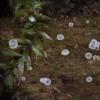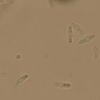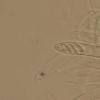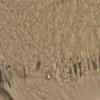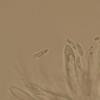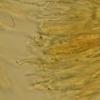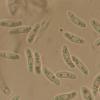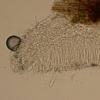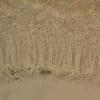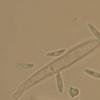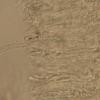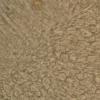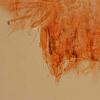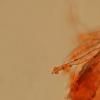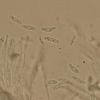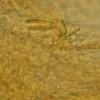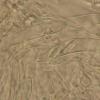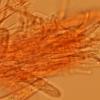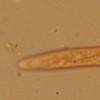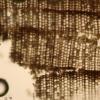
14-11-2025 18:31
 Lothar Krieglsteiner
Lothar Krieglsteiner
Hello,can somebody provide me with a file of:Rothe

14-11-2025 16:26
 Marian Jagers
Marian Jagers
Hello everyone, On dead wood of Cytisus scoparius

12-11-2025 09:25
 Viktorie Halasu
Viktorie Halasu
Hello, I need help with a pale terrestric Pseudom

11-11-2025 20:16
Bohan JiaHi, lastly I have found these tiny yellow decayin

09-11-2025 13:20
Hello.A tiny ascomycete, appearing as erupting gra

08-11-2025 00:29
 Francois Guay
Francois Guay
I found this species in Quebec, Canada, on herbace
 Hello,
Hello,I´m hesitating here between H. spiralis and H. tigillaris. The fungus was collected in a wet and cold place in Moravia, on decaying stem of Picea (which is also inhabited by e.g. Henningsomyces candidus and the moss Buxbaumia viridis).
Ascospores (8) 10 - 12 (12.3) × (2.5) 2.6 - 3.2 (3.4) µm, Q=(3)3.2-4.3(4.7), Me = 10.9 × 2.9 µm; Qe = 3.8, usually one-celled, but occasionally 1-septate.
Asci without croziers, 52.9 - 72 × (7.5) 7.53 - 8.9 (24.9) µm, IKI+.
Hairs up to 62 µm long, smooth or bearing large "bubbles", often bent.
The spore size and guttulation (judging from a few available sources showing living elements) fit H. spiralis. Size of asci fits better H. tigillaris (according to the data in the monograph). Also the not-dextrinoid hairs would fit H. tigillaris. The substrate is more typical for H. tigillaris, although H. spiralis can occur on conifers too.
Thank you for your advice, Zuzana



